Abstract
OBJECTIVE: This article presents the latest data on trends in AIDS prevalence among Native American men and women and discusses problems of classification, data collection, factors that contribute to high risk, and factors that affect prevention and intervention. It presents a model for building effective prevention and intervention strategies. OBSERVATIONS: The number of people in the United States diagnosed with AIDS has risen by less than 5% per year since 1992, and the slowdown is estimated to continue in coming years. Among Native Americans, however, the number of people diagnosed with AIDS rose 8% in 1997, and nonwhites accounted for more than one-half of all reported AIDS cases through December 2000. For Native Americans, the rate of growth in AIDS prevalence has been steadily increasing since the early 1980s, and AIDS is now the ninth leading killer of Native Americans between the ages of 15 and 44. Factors that contribute to high risk include poverty, homophobia, denial, and mistrust. CONCLUSIONS: Effective strategies must include efforts to reduce the risk factors for AIDS. Future research should honor and celebrate diversity among people as an empowering force that facilitates collaboration and shared learning with tribes.
Full text
PDF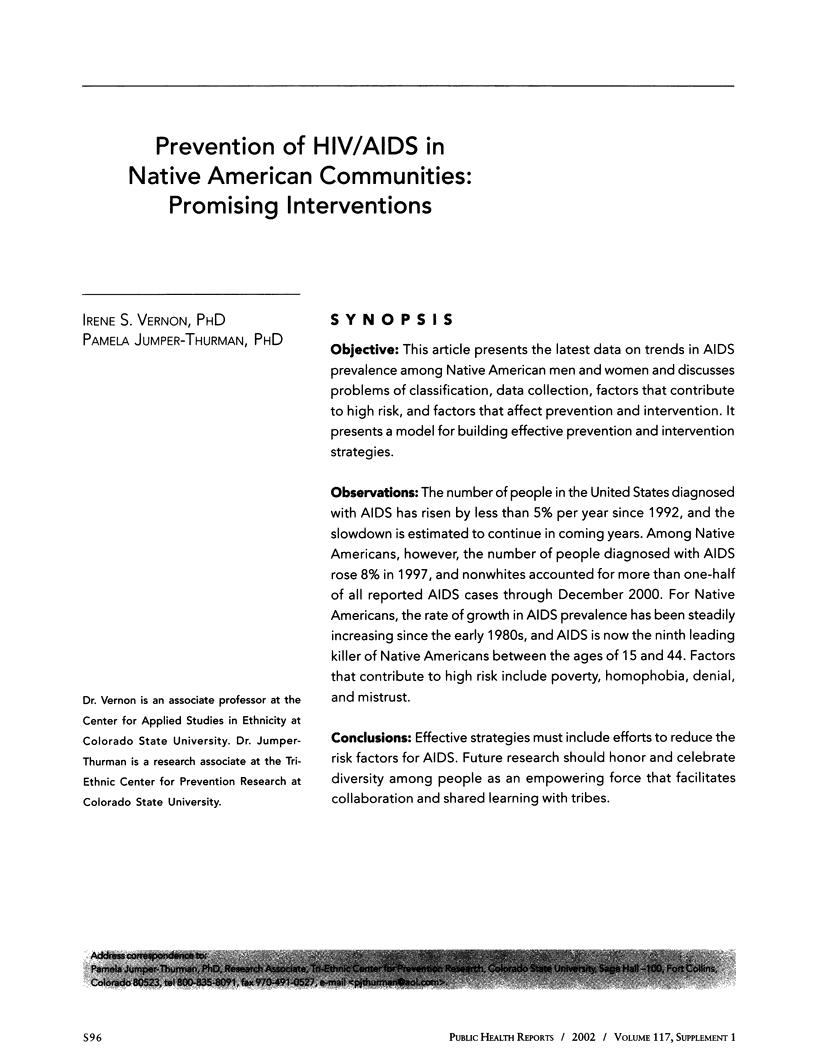
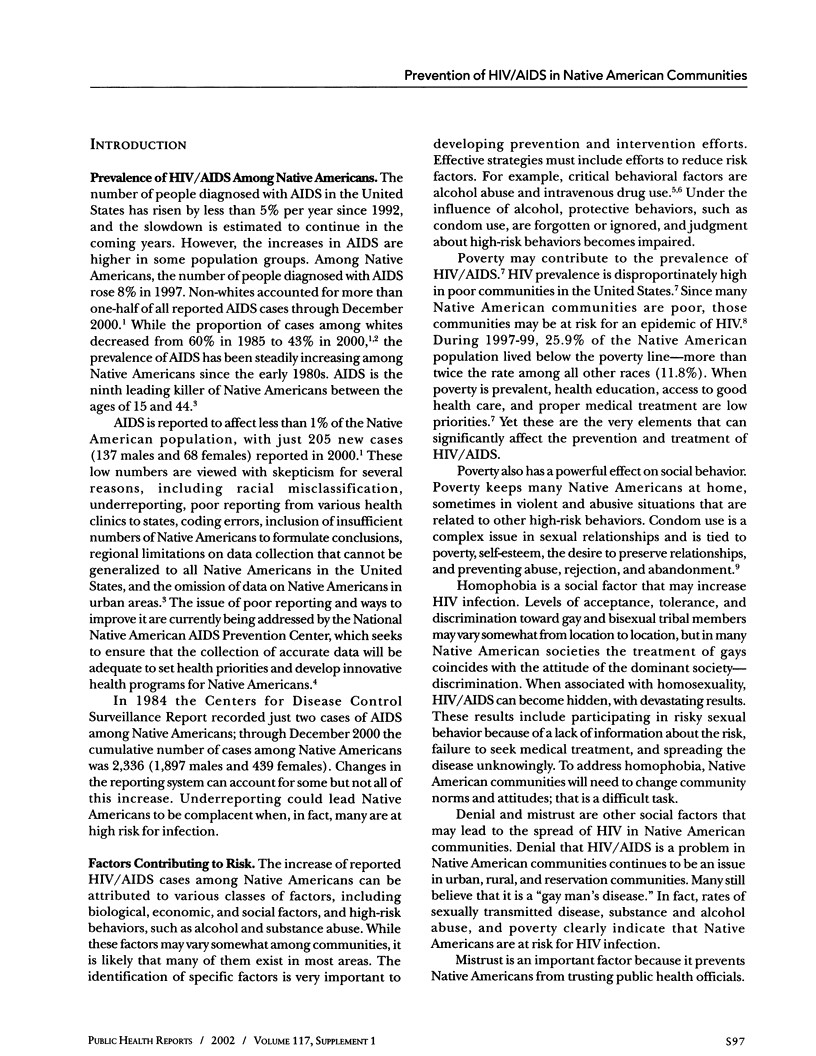
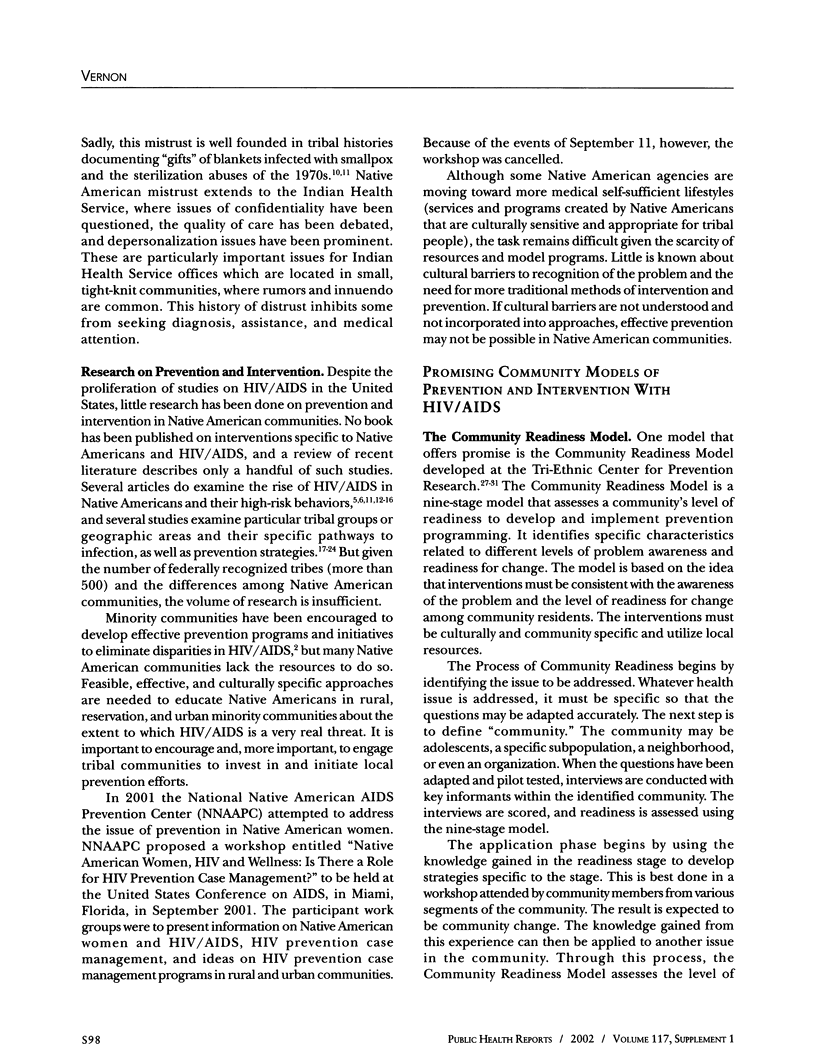
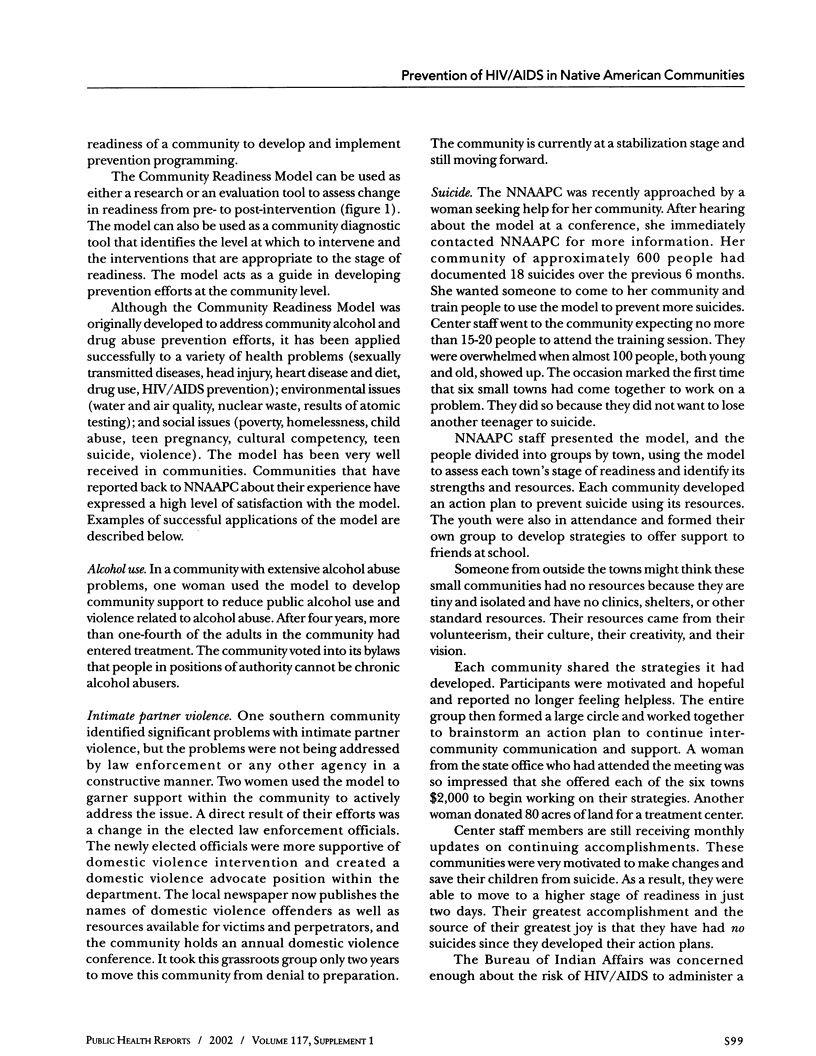
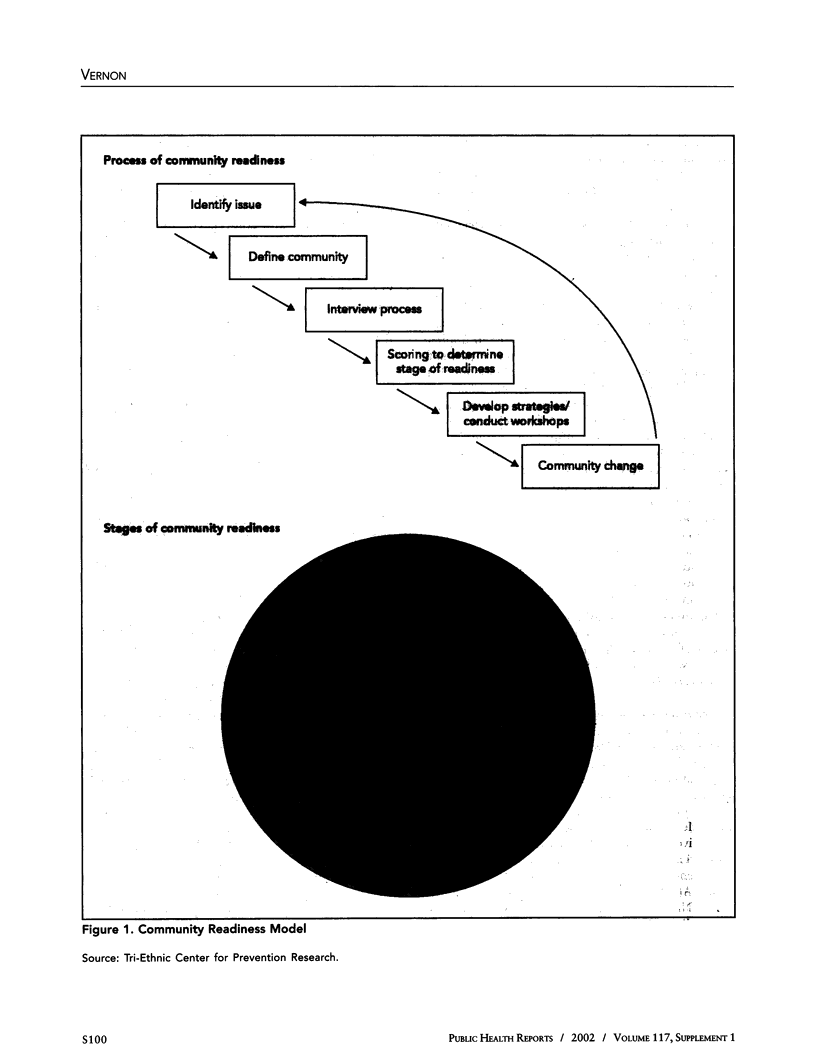
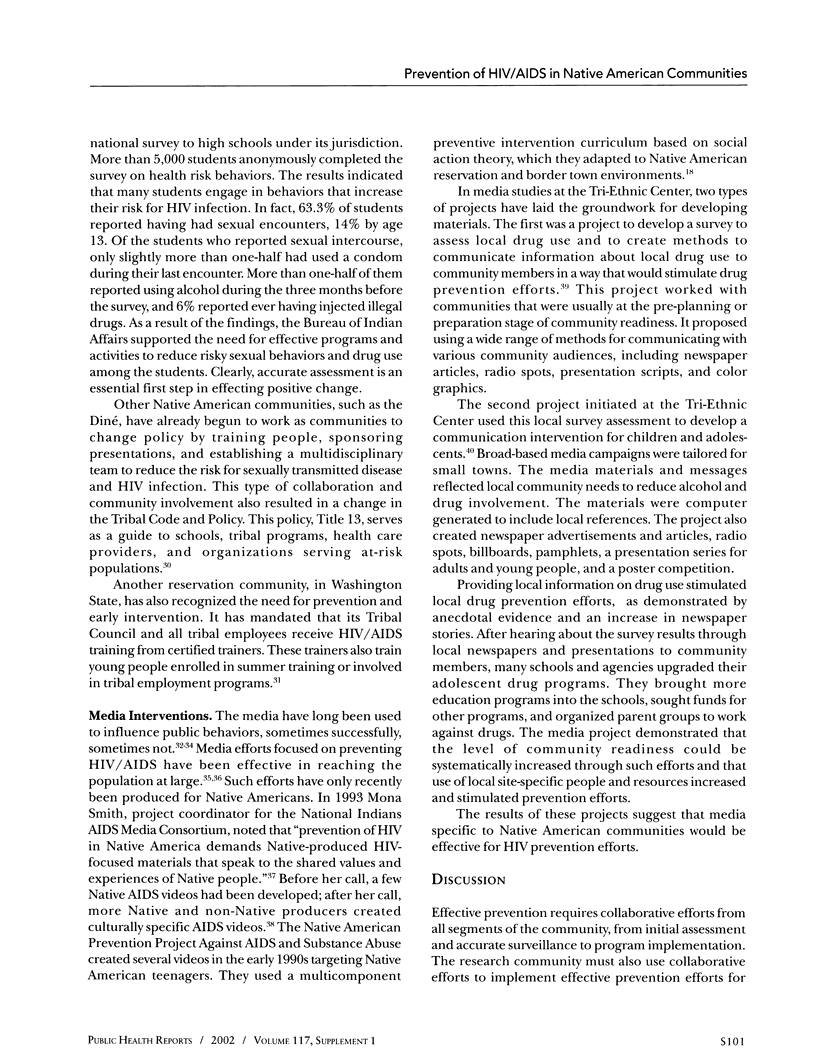
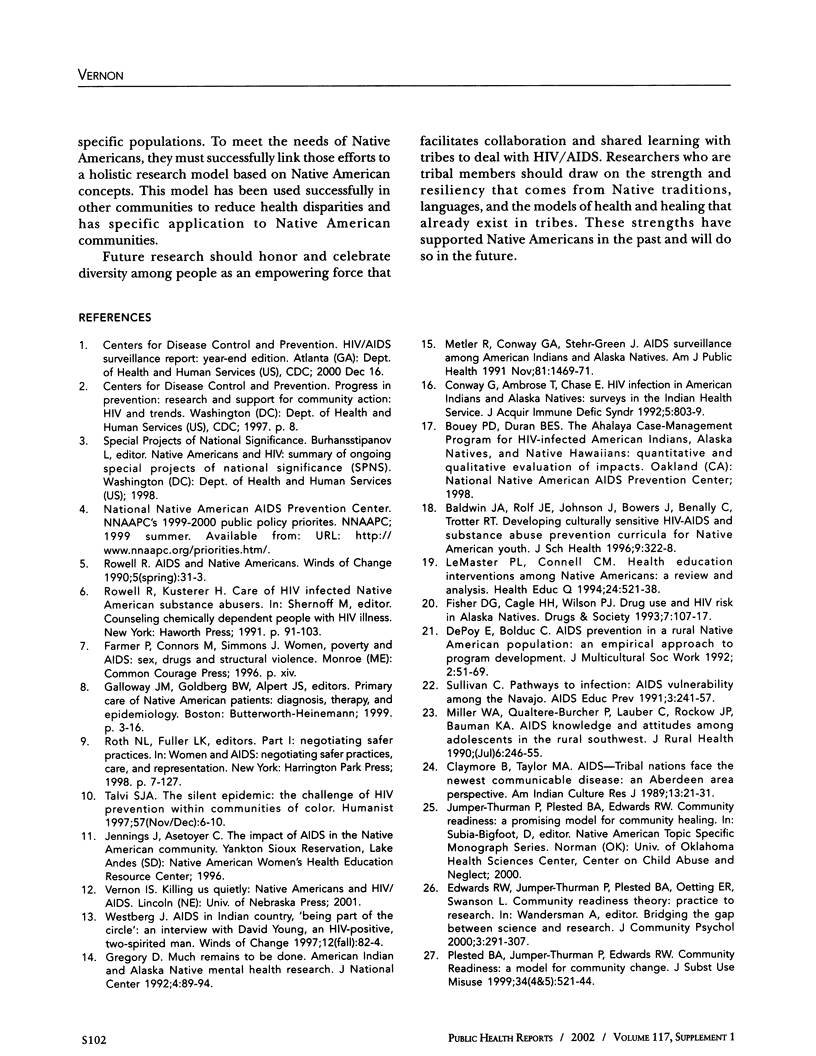
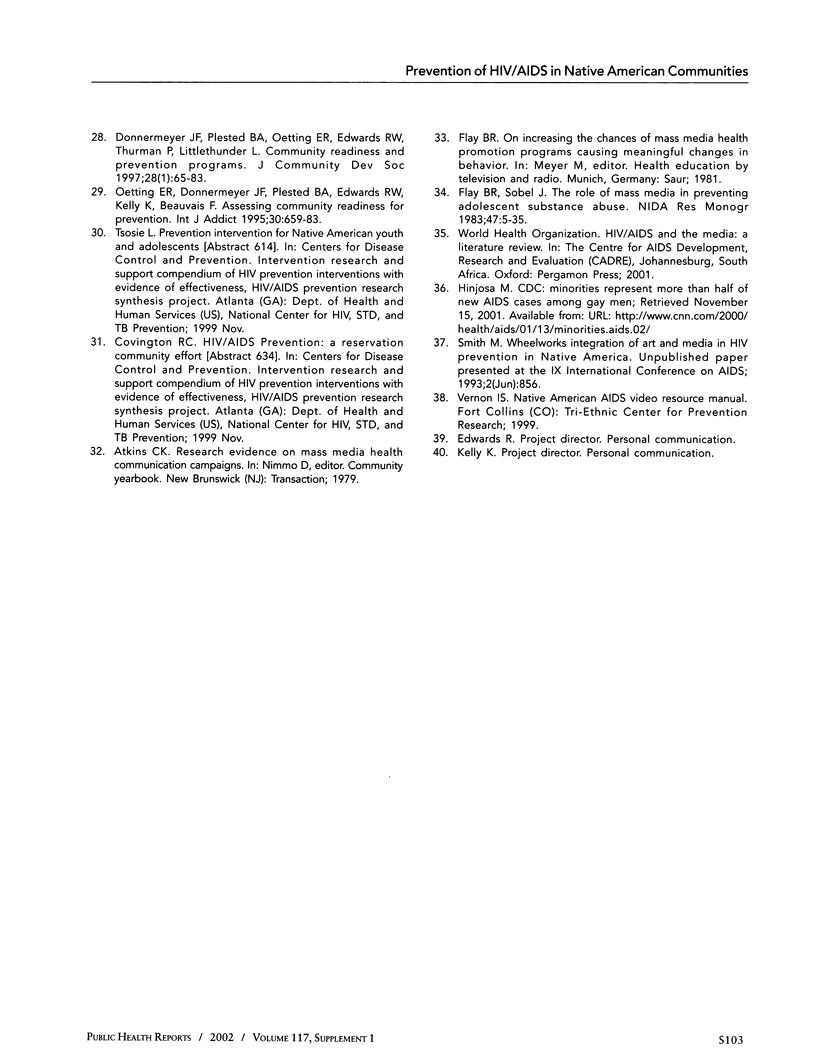
Selected References
These references are in PubMed. This may not be the complete list of references from this article.
- Baldwin J. A., Rolf J. E., Johnson J., Bowers J., Benally C., Trotter R. T. Developing culturally sensitive HIV/AIDS and substance abuse prevention curricula for Native American youth. J Sch Health. 1996 Nov;66(9):322–327. doi: 10.1111/j.1746-1561.1996.tb03410.x. [DOI] [PubMed] [Google Scholar]
- Conway G. A., Ambrose T. J., Chase E., Hooper E. Y., Helgerson S. D., Johannes P., Epstein M. R., McRae B. A., Munn V. P., Keevama L. HIV infection in American Indians and Alaska Natives: surveys in the Indian Health Service. J Acquir Immune Defic Syndr. 1992;5(8):803–809. [PubMed] [Google Scholar]
- Flay B. R., Sobel J. L. The role of mass media in preventing adolescent substance abuse. NIDA Res Monogr. 1983;47:5–35. [PubMed] [Google Scholar]
- LeMaster P. L., Connell C. M. Health education interventions among Native Americans: a review and analysis. Health Educ Q. 1994 Winter;21(4):521–538. doi: 10.1177/109019819402100413. [DOI] [PubMed] [Google Scholar]
- Metler R., Conway G. A., Stehr-Green J. AIDS surveillance among American Indians and Alaska natives. Am J Public Health. 1991 Nov;81(11):1469–1471. doi: 10.2105/ajph.81.11.1469. [DOI] [PMC free article] [PubMed] [Google Scholar]
- Oetting E. R., Donnermeyer J. F., Plested B. A., Edwards R. W., Kelly K., Beauvais F. Assessing community readiness for prevention. Int J Addict. 1995 May;30(6):659–683. doi: 10.3109/10826089509048752. [DOI] [PubMed] [Google Scholar]
- Plested B., Smitham D. M., Jumper-Thurman P., Oetting E. R., Edwards R. W. Readiness for drug use prevention in rural minority communities. Subst Use Misuse. 1999 Mar-Apr;34(4-5):521–544. doi: 10.3109/10826089909037229. [DOI] [PubMed] [Google Scholar]
- Sullivan C. Pathways to infection: AIDS vulnerability among the Navajo. AIDS Educ Prev. 1991 Fall;3(3):241–257. [PubMed] [Google Scholar]


